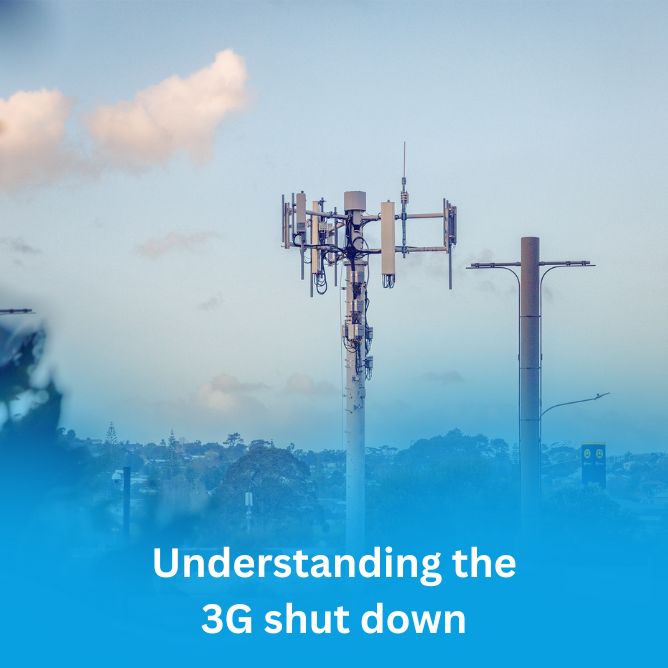Phone Scams
Phone scams are a common problem, and with scammers becoming increasingly sophisticated in their approaches, they can be difficult to recognise. Find out more about call, text messages and number porting scams and how they work. You’ll also find other key tips for identifying and avoiding scams here.
How to recognise a scam call
A scam call may have one or more of these common characteristics:
- Unexpected contact from someone claiming to be from a trusted organisation, such as a bank, utility provider or even a charity.
- The call could come from a blocked or foreign number, but scammers can also disguise the number to look local via a method called number spoofing.
- Requests for money or personal information such as credit card details or passwords over the phone.
- Pressure to make a decision quickly or face negative consequences.
- Telling you that there is a problem with your computer and that they can help you fix it.
- Telling you something that you think is too good to be true such as winning a prize in a competition that you don’t remember entering.
Consumer Protection have a good area of their website dedicated to help you identify a scam. Read more.
Text or SMS Scams
Text scams use similar tactics to email scams, where criminals impersonate legitimate companies to gain personal or financial information in order to steal from their intended victims. Click here for the latest advisory on text scams.
Text-based phishing, sometimes called smishing or SMS phishing, is more dangerous than email-based phishing, as it exploits:
- People’s tendency to treat text messages with a sense of urgency.
- Few phones have spam and phishing filters on inbound text messages.
- It’s difficult on smartphones to check the validity of links before clicking.
How to spot a Text Scam
Text scams can be difficult to spot, particularly if the messages are sent by an organisation who would normally contact you by text. But, like email scams, there are some tell-tale signs. For example, there may be spelling mistakes, or the message may be sent from a different number than previous messages received from the same organisation, or from an overseas number.
An example of a recent text scam in New Zealand is below. This message was in regards to a delivery asking for payment for an unpaid customs charge.
If the consumer clicked on the link they were taken to a website that asked for the consumer’s personal information and their credit card or bank account details.
Nuisance and Malicious Calls
Nuisance calls consist of any type of unwanted phone call such as prank calls, hang ups, telemarketing, silent calls, and repeated or excessive amounts of calls from the same number.
However, if a caller threatens you (or your family) this can be defined as a malicious call.
What should I do?
- If the caller is making direct threats to you or your family, you believe those threats are real and you are worried about your safety please call the police non-emergency number 105.
For calls that you consider more of an nuisance than a threat:
- If the calls are happening repeatedly it’s a good idea to keep a detailed record of these (including date, time, any background noise, caller’s voice – male/female, what they said, number the call came from if available)
- Report the phone calls to your provider and they may be able to investigate further for you and also have the number blocked.
- If you are receiving the calls to your mobile handset and you no longer wish to receive them you can block the number via your settings menu on your handset.
For further information visit:
https://www.netsafe.org.nz/mobilephoneharassmentandabuse/
https://www.tcf.org.nz/consumers/digital-living/stay-safe-online/phone-scams/
Number Porting Scams (SIM card swap)
If you are planning on switching mobile service providers but wish to keep your existing number, this is made possible through a process called number porting. In a number porting scam, the Scammer manages to hijack your mobile number and transfer it to their own mobile provider.
By doing so they are then able to use your phone number to ‘pretend’ to be you, including things like text or phone verification of a request for the password to be changed on your bank account. If the Scammer acts quickly, funds can be removed from your bank account before you are aware your phone number has been hijacked.
While this is a relatively new and uncommon scam, prevention measures are being put in place to make it much harder for the scammers to do this. Click through to new measures page.
How do I know if I have become the victim of a Number Porting Scam?
The first sign of a Number Porting Scam would be loss of service on your mobile phone or being locked out of your account.
How do I report a Number Porting Scam?
- Report it to your mobile service provider.








